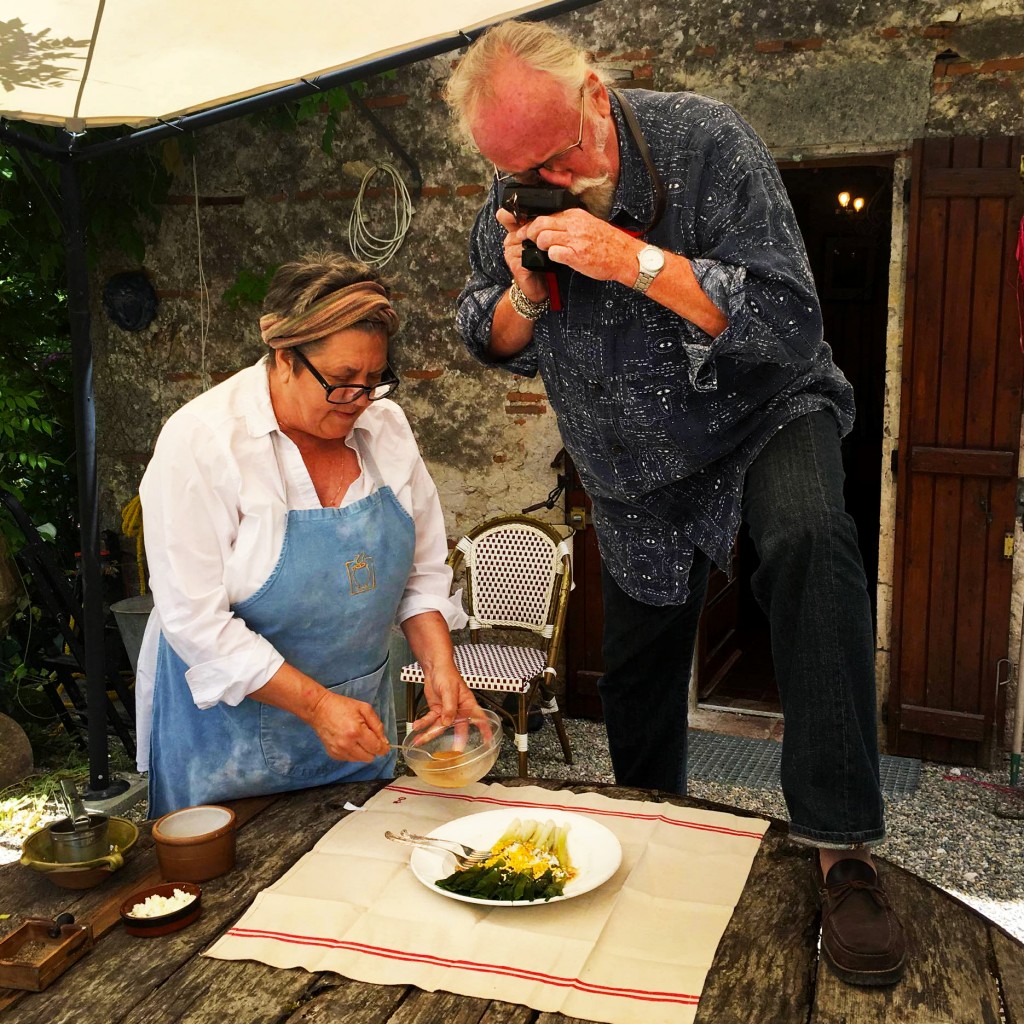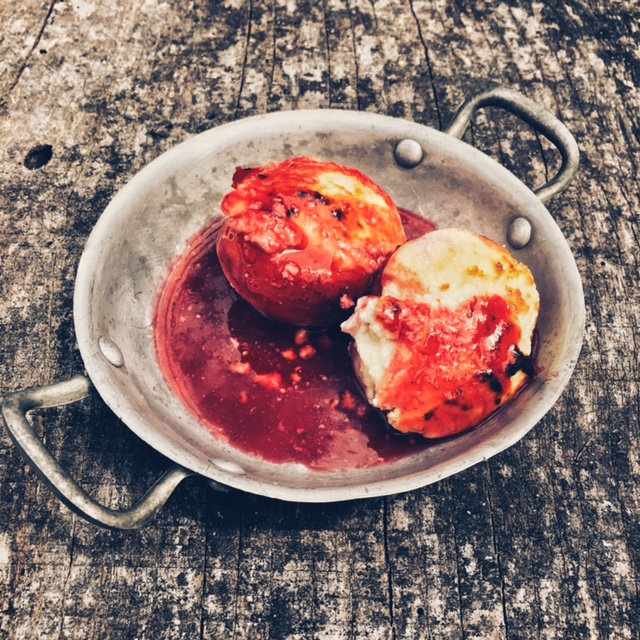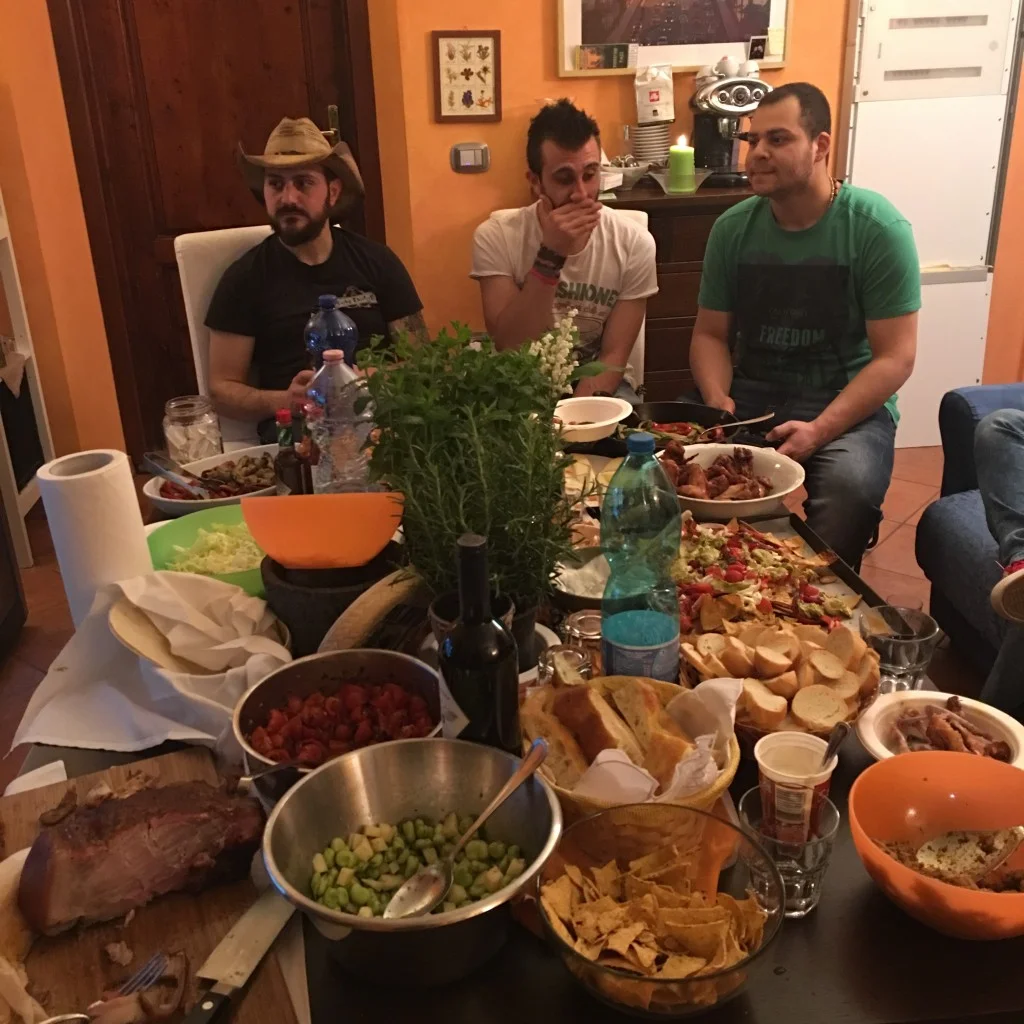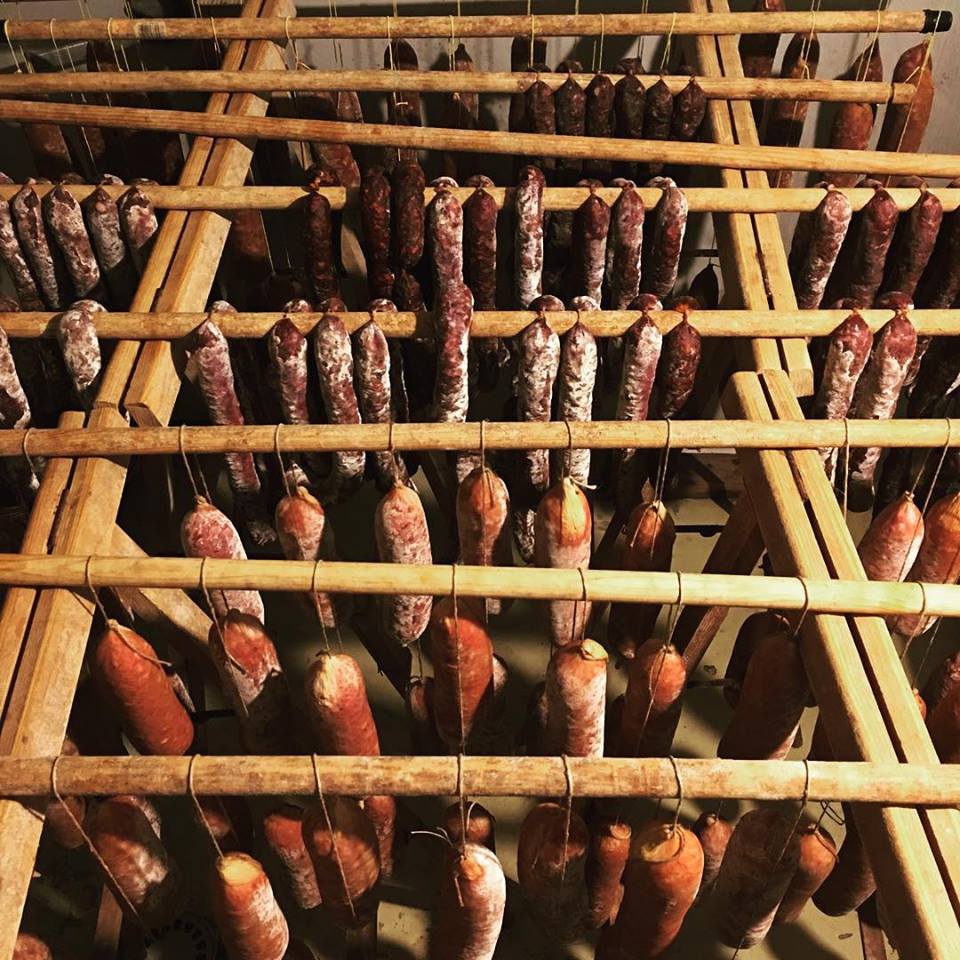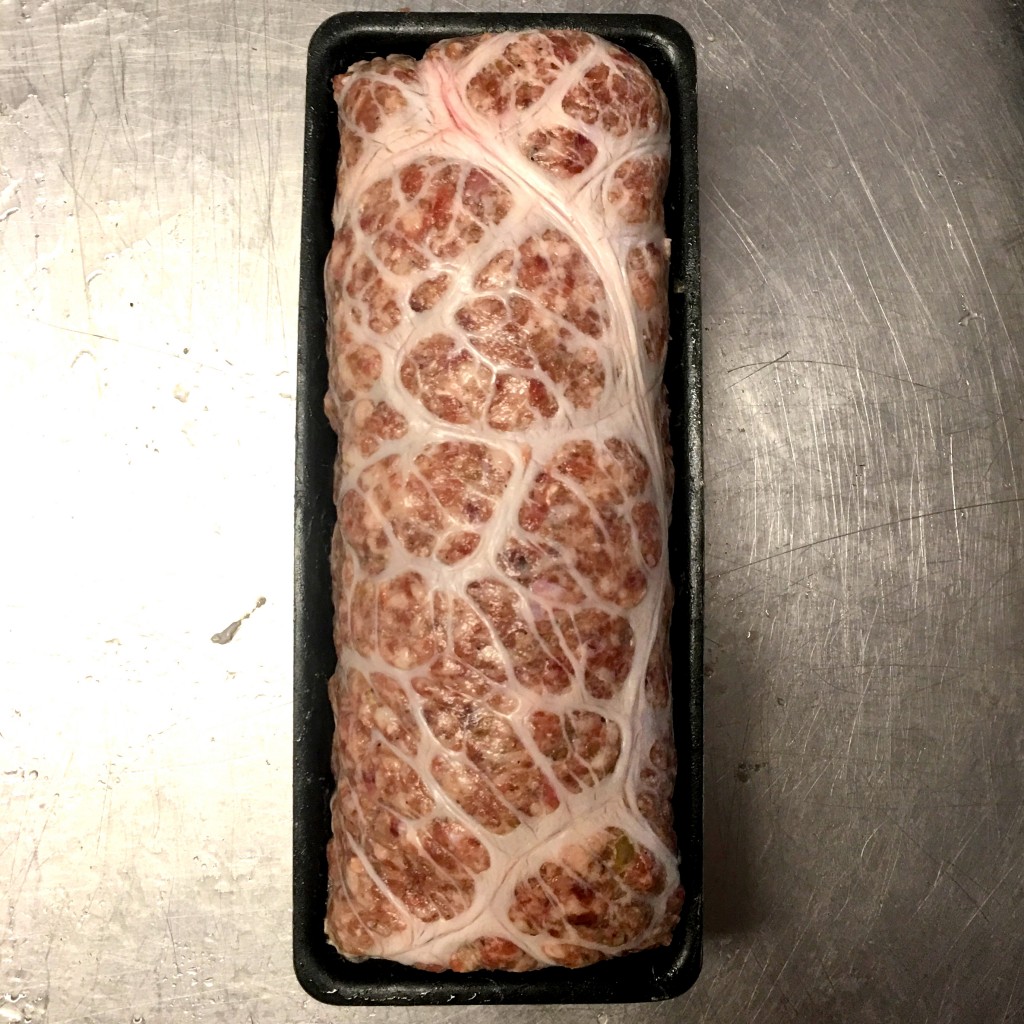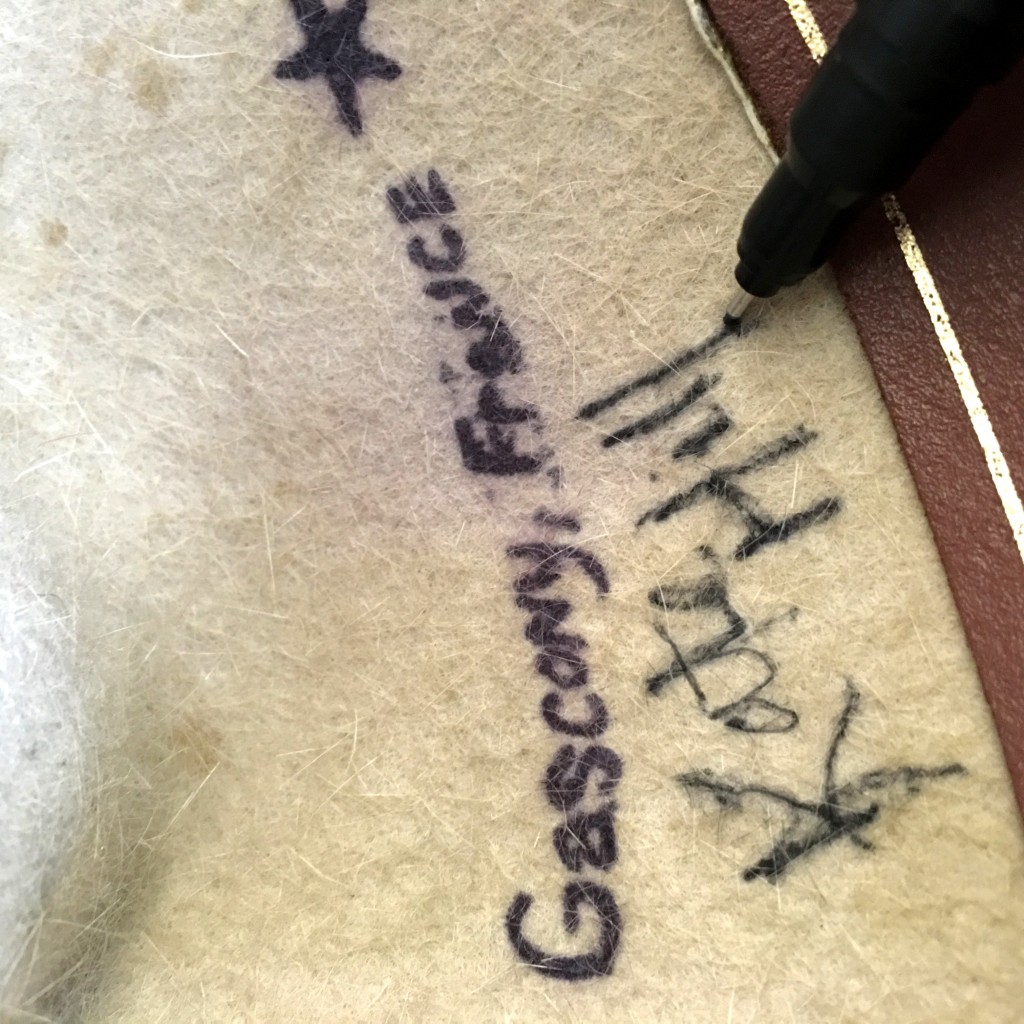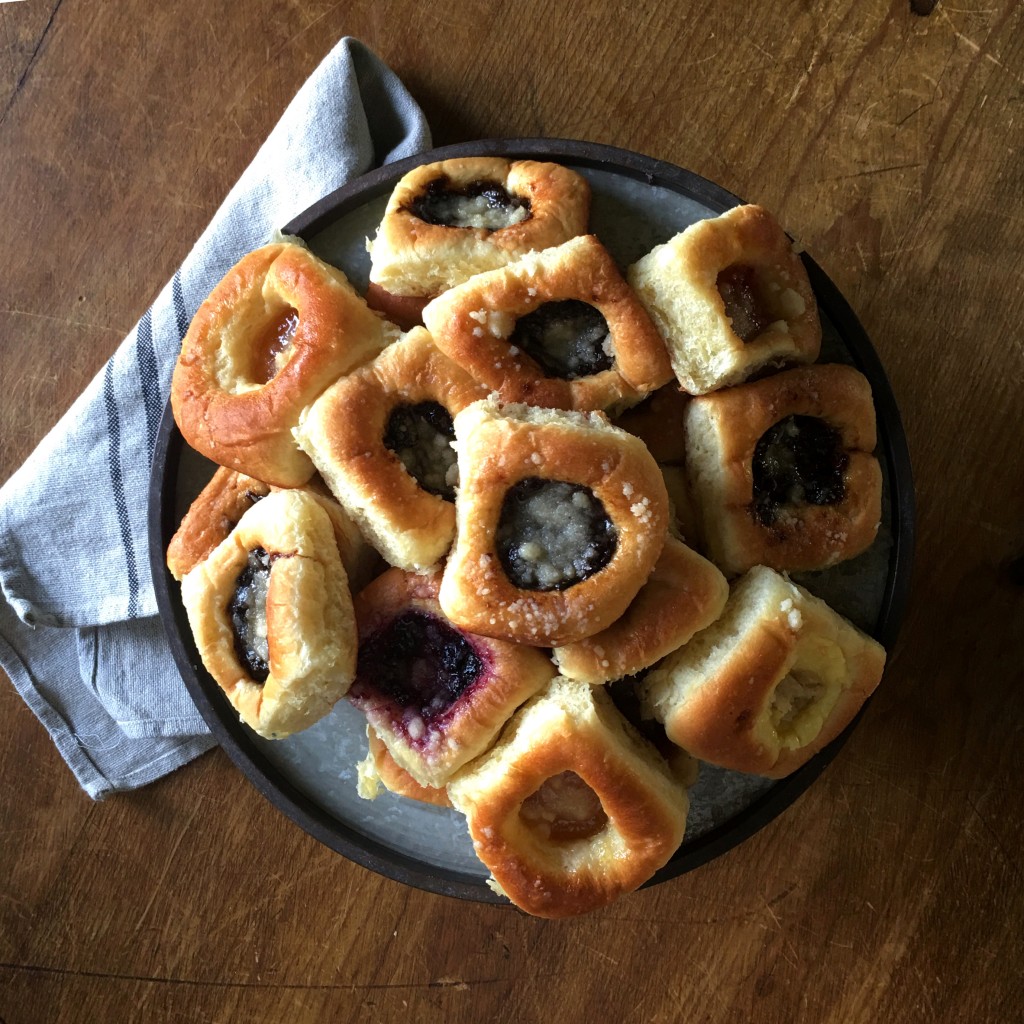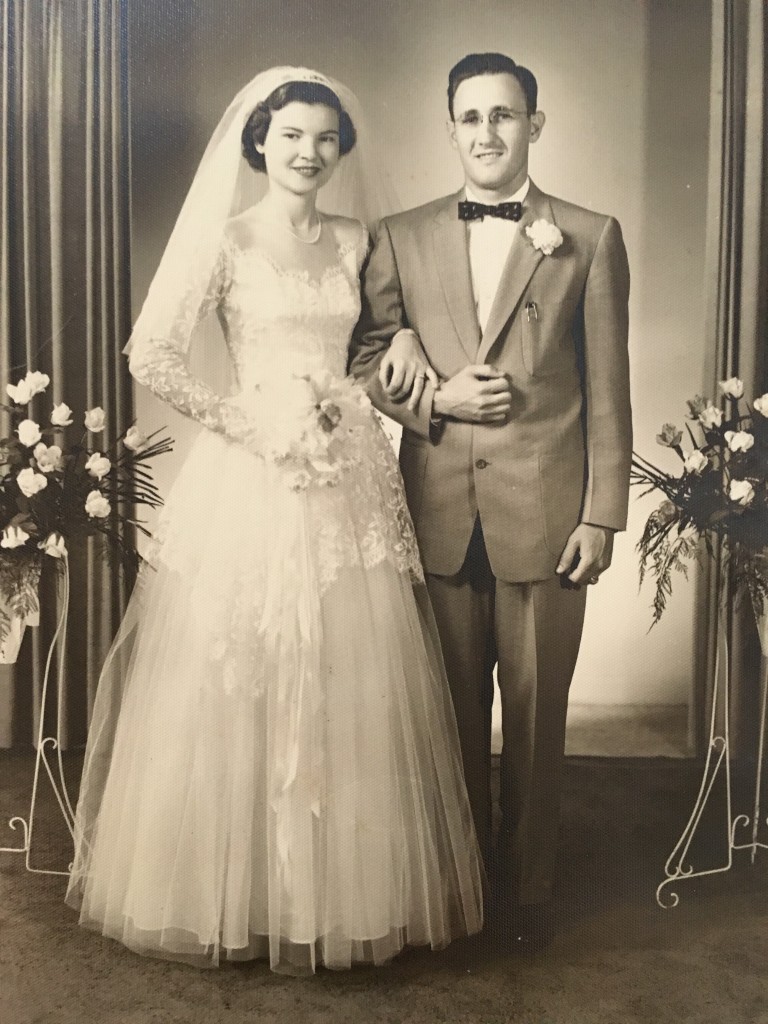I poked my head into the production room at the Chapolard’s farm.
Bonjour! Dominique?
One of the women making paupiettes at the metal table turned and yelled to Dominique, informing him a cowboy was here to see him. From out of the rear kitchen, he appeared, with a smile the size of his mustache. After catching up for a bit, he asked me if it was possible to start next Monday. A week to kill in the Gascony countryside?
C’est Bon. (it’s good) I replied.
“Also, is it possible for you to stay throughout August as well?” he asked.
Even better.
I knew Kate Hill, of the Kitchen-at-Camont, would need an extra hand that week – Tim Clinch, a well-traveled British photographer was at Camont to photograph some dishes for their upcoming book Food Stories from Gascony. Yearning to learn more about traditional French cuisine, I decided to spend the majority of my week there.
Every meal at Camont is so… French. The table is always set beforehand. More often than not, the table is laden with an array of cheeses, bread, water, wine, and charcuterie. Meals flow in the French manner:
- the starter (l’entrée),
- the main course (le plat principal),
- cheese (le fromage),
- dessert (le dessert),
- some sort of digestive, usually coffee (digestif/café),
- and of course, wine - usually Rosé
Time is taken to actually enjoy a meal and your company – you will be hard-pressed to find French people in the Gascony countryside that rush lunch.
When I arrived, Kate was putting the finishing touches on lunch. To be of use, I tried to set the table. The keyword is tried. I had yet to learn the proper French way to set a table. Luckily, Catherine was close by to teach me.
As lunch came out of the kitchen, Tim went to work with his camera and iPhone, carefully setting up his shots and paying great attention to his angles and lighting. Naturally, we started up what would be a week-long conversation about his many travels, shoots, and photography. He has some great tales and the guy has really done it all in the photography world.
After an exceptional lunch, we sprang into action. The three of us worked quite well together. Kate commanded the island counter slicing vegetables, simmering sauces, and producing the most enthralling aromas I have ever taken in. I took my place near the sink and dishwasher.
A great spot.
Here, I could knock out the dishes and peek over my shoulder every now and then to witness the magic taking place. Tim took his place at the small table in front of the island, editing photos and preparing for the next dish. When Kate would finish a dish, we all would converge on the predetermined propped, location to nail down a breathtaking photo – Tim wielding his two cameras, Kate styling the plate, and yours truly providing props and light via the massive reflector.
When it was time to shoot the côte de boeuf (ribeye), Kate put me in charge.
She trusts me with this?
Yes, she assured me, if I wanted to work with Francis Mallman, I would need to master the fire first. Then she showed me how to construct an upside down fire in a metal wheel barrow. Only then did she give me instruction on how to best cook the steak. Once the wood had burned down to coals, I transferred the coals over to a small grille and plopped the côte de boeuf straight on the coals. It turned out marvelous!
Now everytime I stop by Camont for a meal, I assume my position next to the metal wheelbarrow, the adobe oven, and the grille. With Kate's guidance, I have learned to cook some really amazing dishes with fire.
Tim and Kate racked up some incredible food shots over the week. I was thrilled to lend a hand and be a part of it - even if in a small way.
Note: One part of Food Stories From Gascony will document the wide variety of people that pass through Kate's Kitchen at Camont. Tim thought a cowboy from Texas was interesting so he shot this:
NOTE: Looking to experience France in a similar fashion? Kate hosts a variety of culinary courses at Camont from cooking to charcuterie. Check out her website and mosey on over to France for an unparalleled gastronomic experience.



